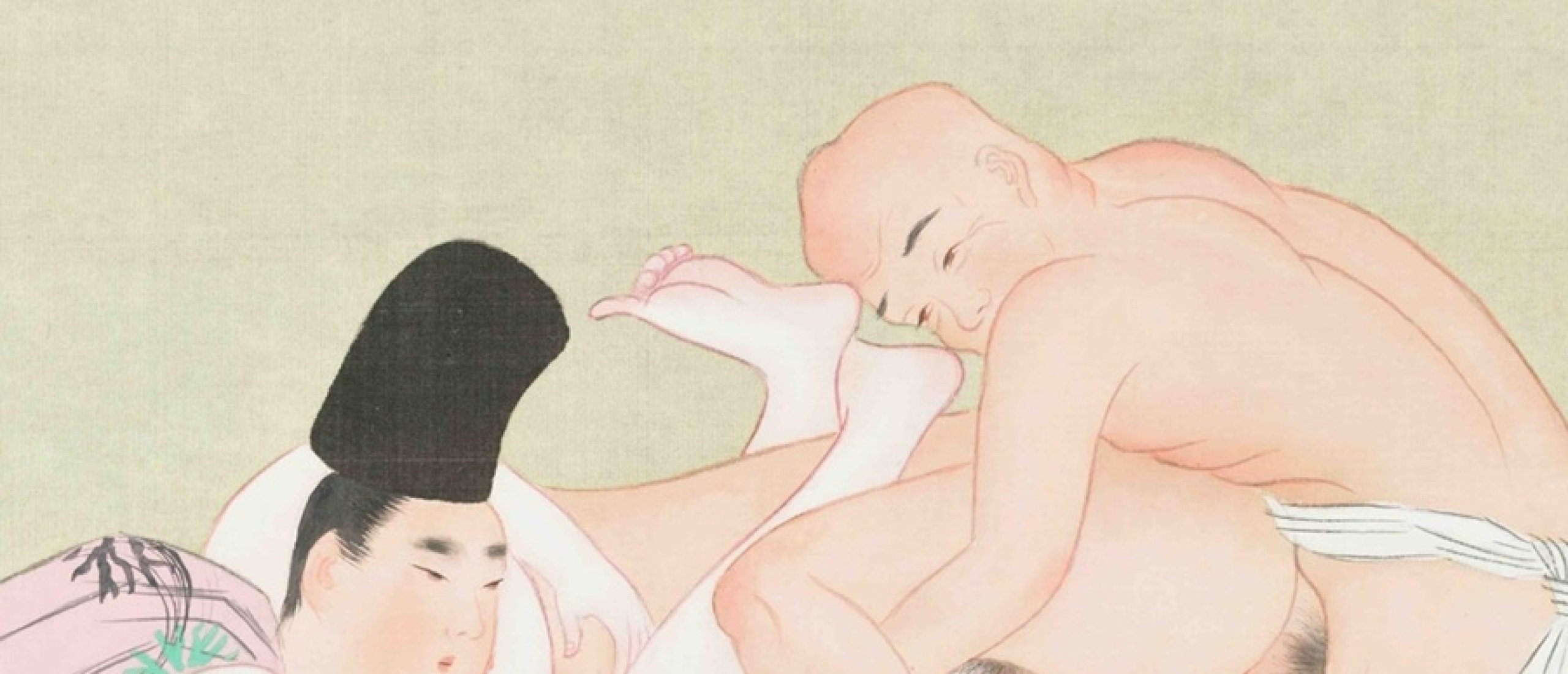
Founded as the Chicago Academy of Fine art in 1879 during the rebuilding of the city after the great fire of 1871, it was renamed the Art Institute of Chicago in 1882. The current neo-classical building housing the collection was built in 1893 as a pavilion in the World's Columbia Exposition and has since been expanded several times.

Fig.1 The Art Institute of Chicago on prestigious Michigan Avenue
300,000 works
Today the Art Institute of Chicago's collection has more than 300,000 works and includes works by gay artists like John Singer Sargent, Andy Warhol and David Hockney as well as many lesser known queer creators. Many of the institute's more erotic works are from the ancient Greeks and Romans as well as from the neo-classical European period which often depict ancient gods, heroes and themes that were homosexual in their essence, as the ancients were accepting of same sex relations, and the later European societies could only accept images of same sexual attraction as artifacts from another time and society. In the modern era homosexual art is finally beginning to gain acceptance in the western world. Here are some of the Art Institute's more titillating masterpieces.
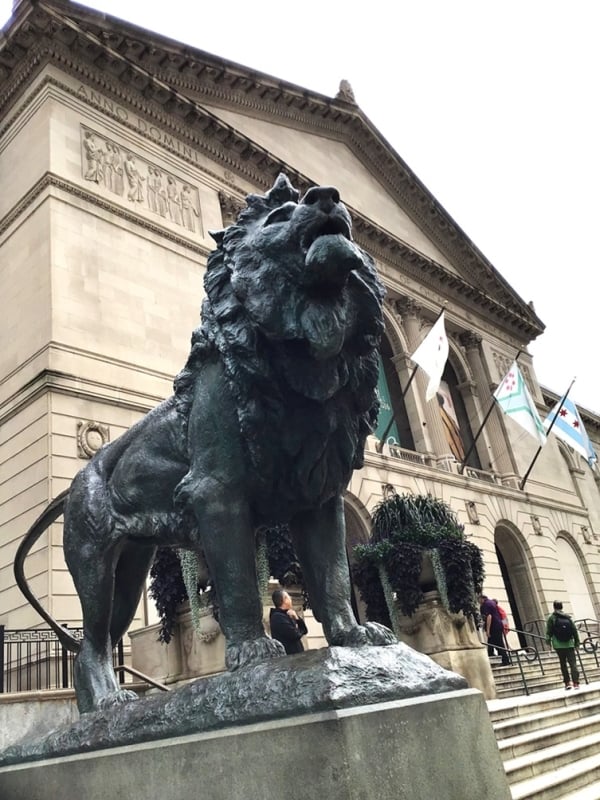
Fig.2 The bronze lions at the entrance welcome visitors to the Art Institute of Chicago
Impish Grin
A life-size statue of the Greek gay god, Dionysus and Pan is a Roman marble (1 AD) depicting the god of wine with a little playmate. Pan is the god of nature, music and mischief. The Dionysus's expression is placid in contrast to Pan's impish grin as if he is leering in enjoyment of Dionysus' slender body, his six-pack abs and his shapely ass which viewers will find are a turn on in this tantalizingly statue. A sign at the base of the statue reads, "Please do not touch", and apparently many viewers could not resist. Dionysus was deified by gays, transvestites and transexuals.

Fig.3 Dionysus and Pan. The Greek gay god Dionysus and his little friend make a cute couple
Voyage Nymphs
Hercules Defeated the Giant Antaeus a marble statue carved in 1600-25 by Antonio del Pollaiuola shows the hero locked in a tight wrestling position with his adversary. Both men are naked and have beautiful muscular bodies and their intimate grasp raises the possibility that despite the statue's title they are not fighting but rather are making a robust and masculine form of love. Hercules is not generally associated with gay relations but one charming boy, Hylas whose long soft hair hung in curls over his slender neck caught the hero's eye. On the Argonauts voyage nymphs fell in love with Hylas luring him into the water and Hercules was heartbroken.
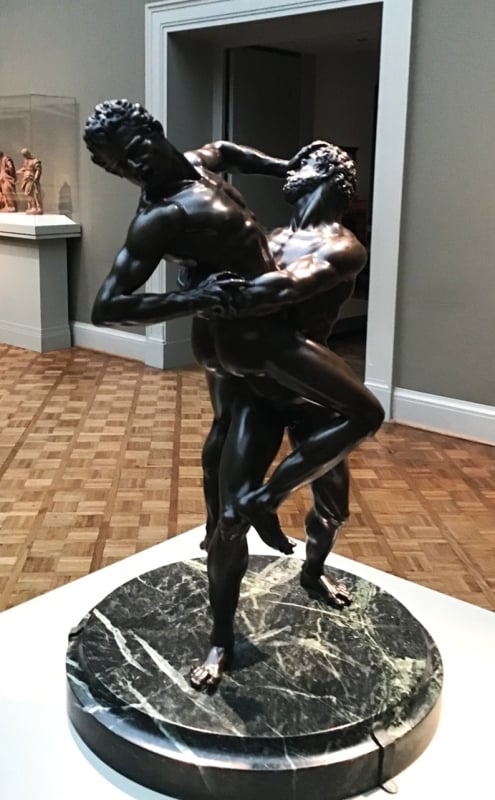
Fig.4 Antonio del Pollaiuola - Hercules Defeated the Giant Antaeus; Hercules and the giant are both buff, muscular men. Are they fighting or making love?
Pretty Satyr Boy
Bacchus Feeding a Panther by John Deare, marble (1792) shows the Roman god of wine naked and at his most alluring as he tames the beast and gains its love. His association with the panther places the god among the wild and primal forces of nature, including sexual urges. In this sculpture he is shown as youthful and beautiful. The Greeks called him Dionysus and in their mythology he was androgenous and was worshiped by gays for his lusty homosexual partnerships. Among the better known affairs was his love of Ampelos a pretty satyr boy. After the untimely death of Ampelos Dionysus turned the satyr's body into a grapevine so he could always drink his charms. Dionysus is sometimes effeminate in appearance, even wearing women's clothing. His ambiguous femme boy figure is especially revered by transvestites, lady boys and transsexuals.

Fig.5 Bacchus Feeding a Panther by John Deare. The Roman version of Dionysus, Bacchus plays with one of his pets.
First Homosexuals: The Birth of a New Identity, 1869-1939
If you are visiting Chicago before July 26, 2025 take a look at an exhibition called the First Homosexuals: The Birth of a New Identity, 1869-1939 which runs from May 2 – July 26, 2025 at Wrightwood 659, an exhibition space in a transformed 1920s building at 659 West Wrightwood Avenue, Chicago. The exhibit presents 300 works from 40 countries that were created in the wake of the first appearance of the term “homosexual” in 1869. This art show illustrates the excitement and the courage of artists who paved the way for future LBGT people to enjoy their lives more freely as they were intended to live.
One of the contributors to this "First Homosexuals" exhibition is the scientist and collector Brian Coppola who kindly provided images of some of his exhibited works with us:
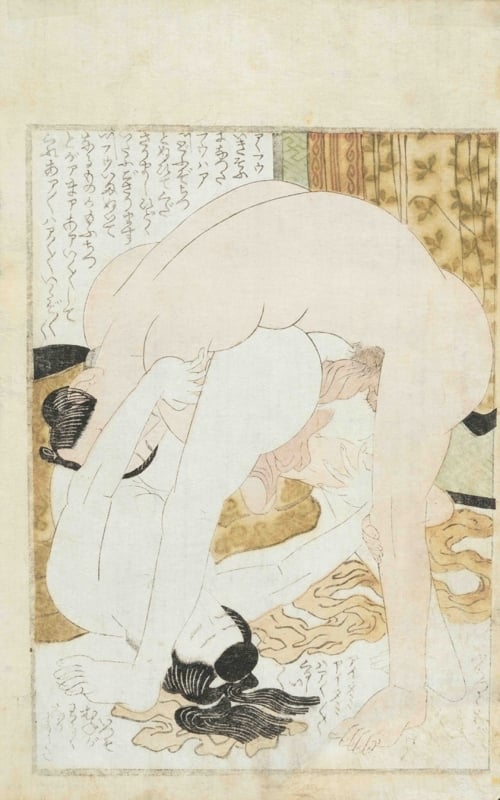
Fig.6 ‘Homoerotic couple‘ (c.1820) from an unknown series by Katsushika Hokusai (1760-1849)
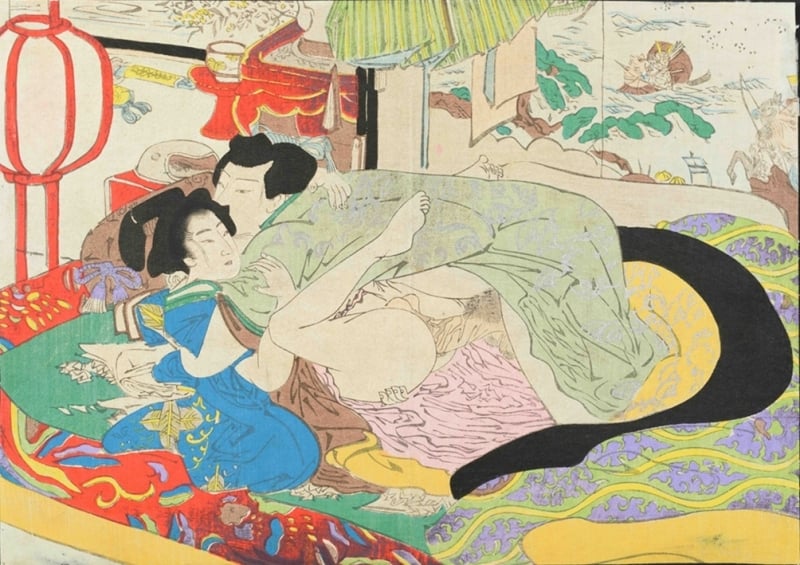
Fig.7 "Gay fantasy of a wealthy man and a kagema" (Meiji era). The huge screen in the background refers to ‘The Tale of Heike’
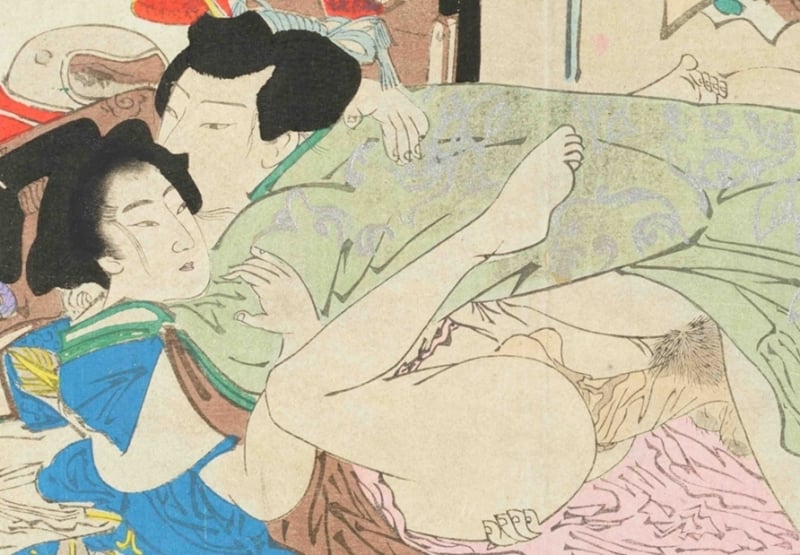
Fig.7a

Fig.8 Chinese painting of 'Ejaculating boys' (c.1920)
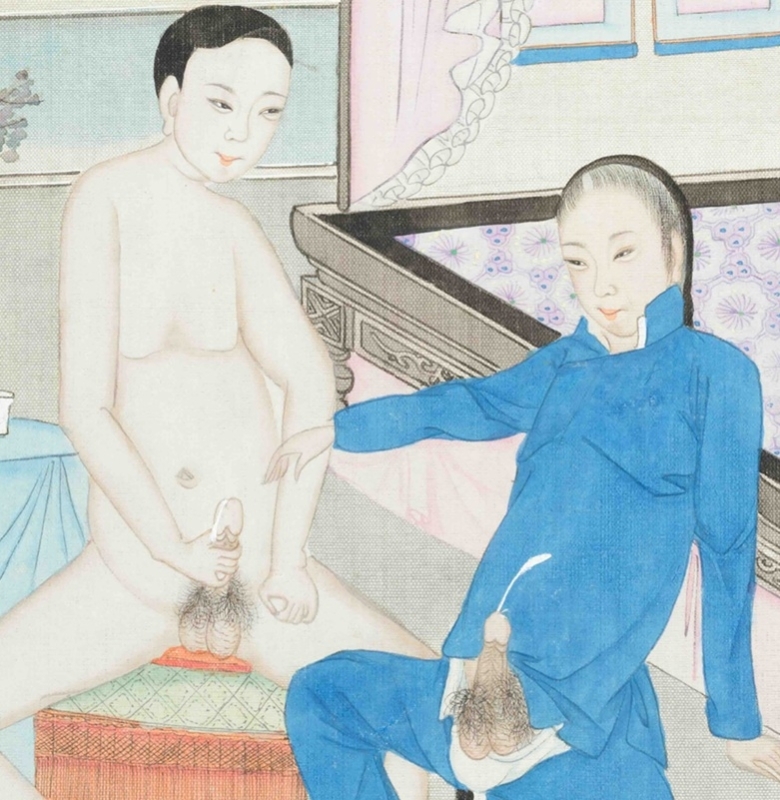
Fig.8a
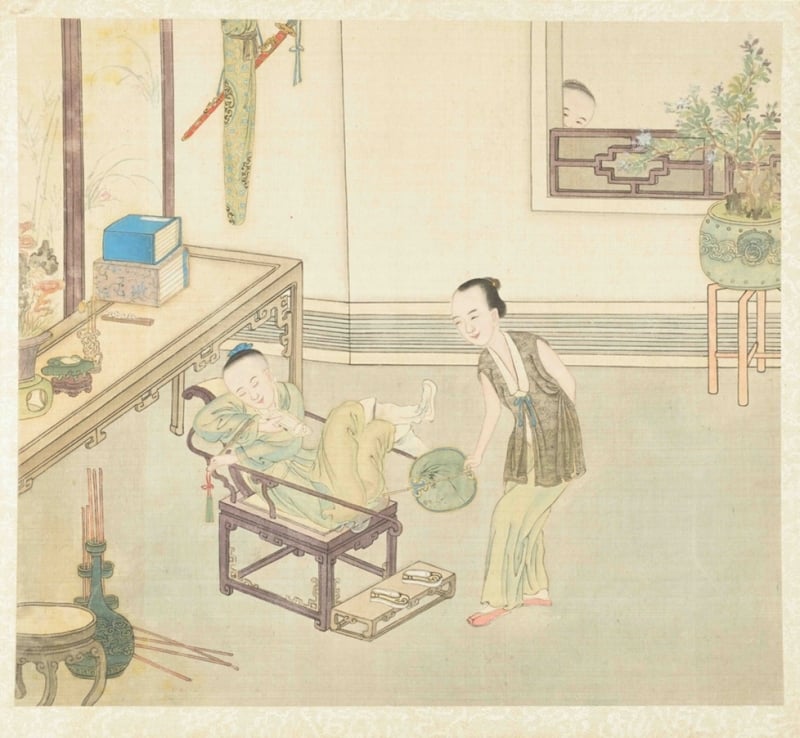
Fig.9 Chinese painting "Young male scholars fooling around with the bamboo handle of a fan" (c.1850) by anonymous artist
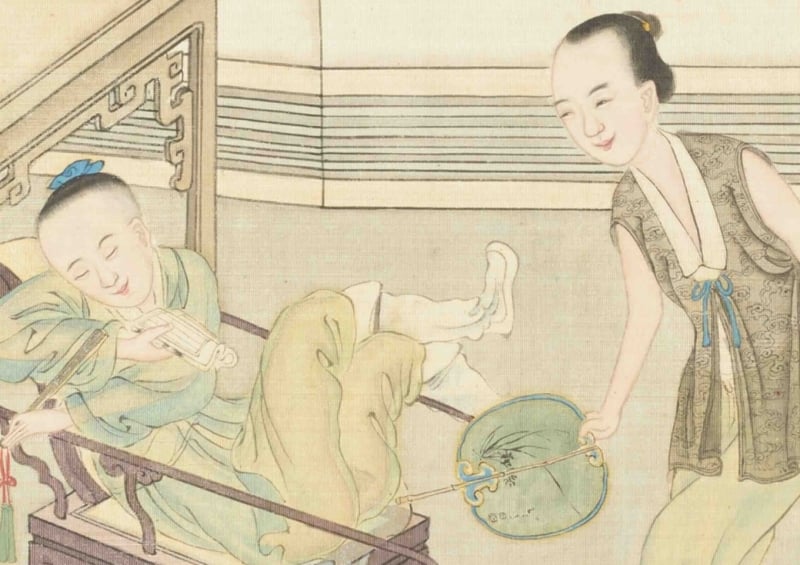
Fig.9a
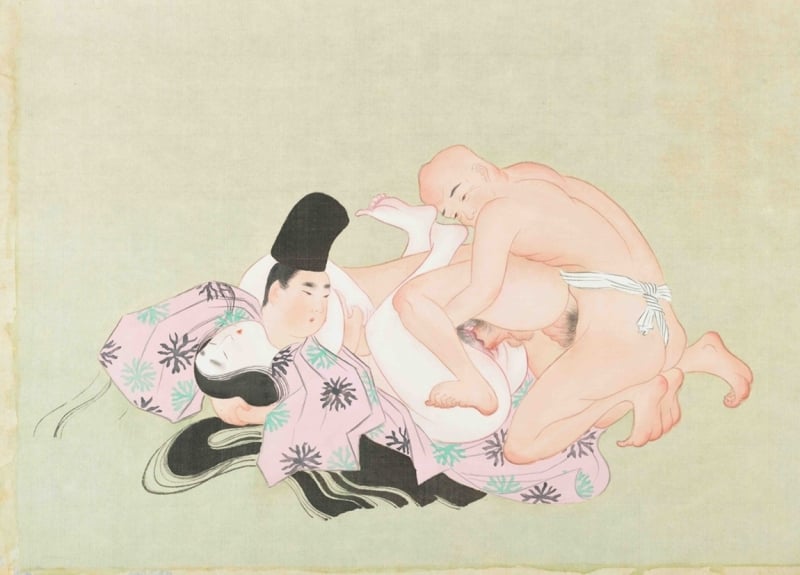
Fig.10 Japanese shunga painting "An aristocratic couple gets interrupted by a monk with homoerotic intentions" (Taisho era)
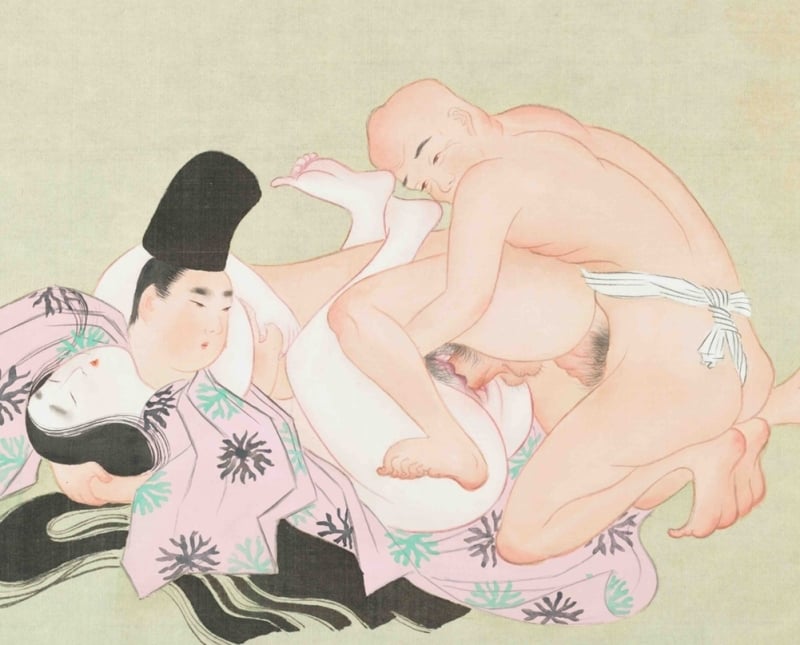
Fig.10a
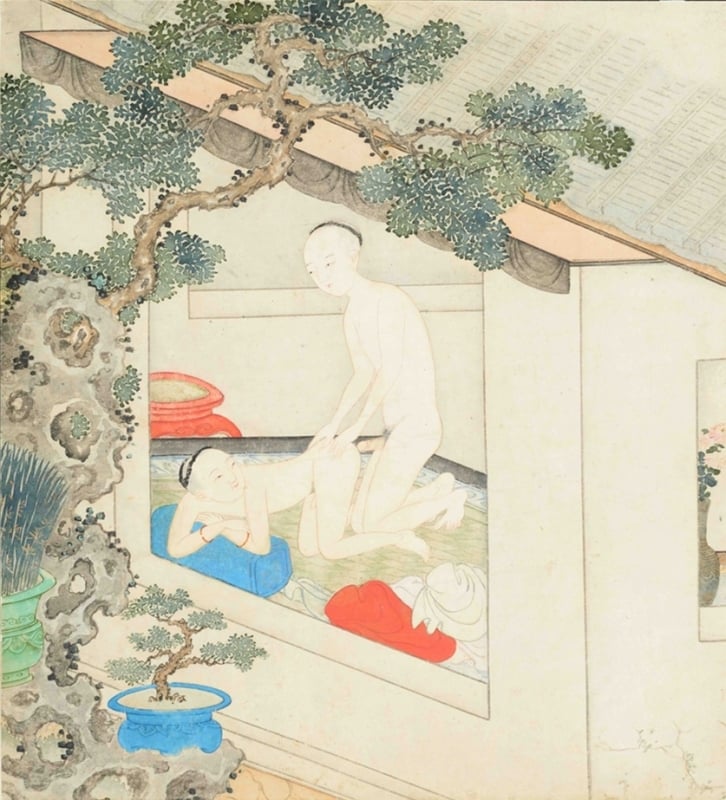
Fig.11 Chinese painting "Two adolescent scholars in the doggy-style pose" (c.1850)
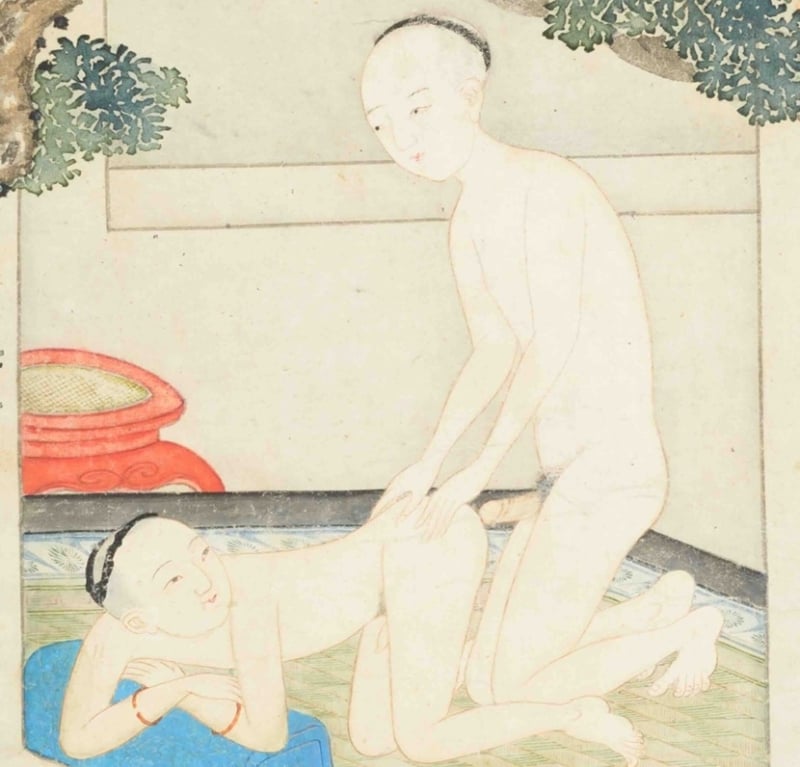
Fig.11a
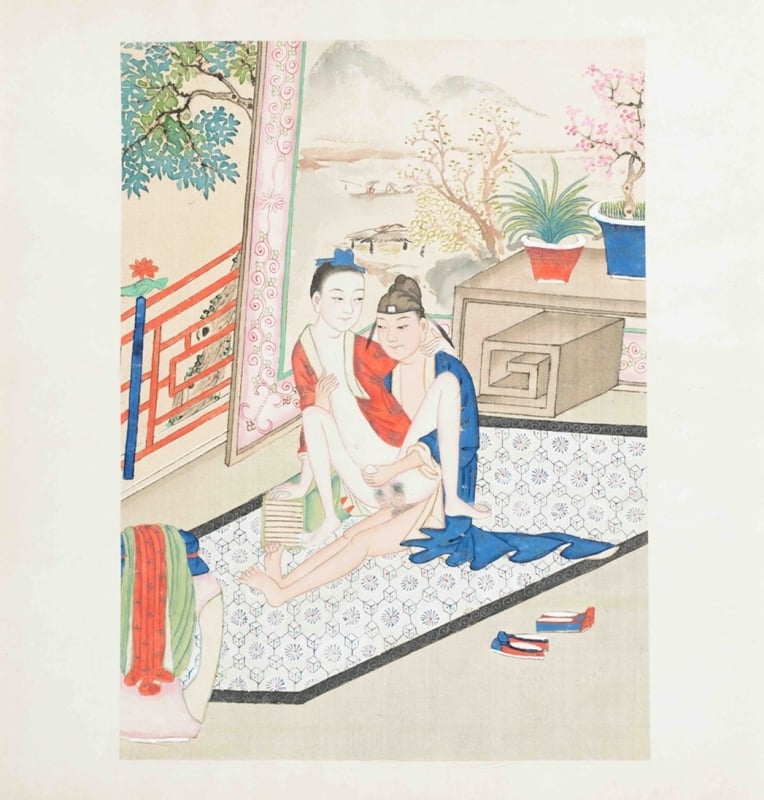
Fig.12 Chinese painting of "Young intimate male scholars" (late 19th century)
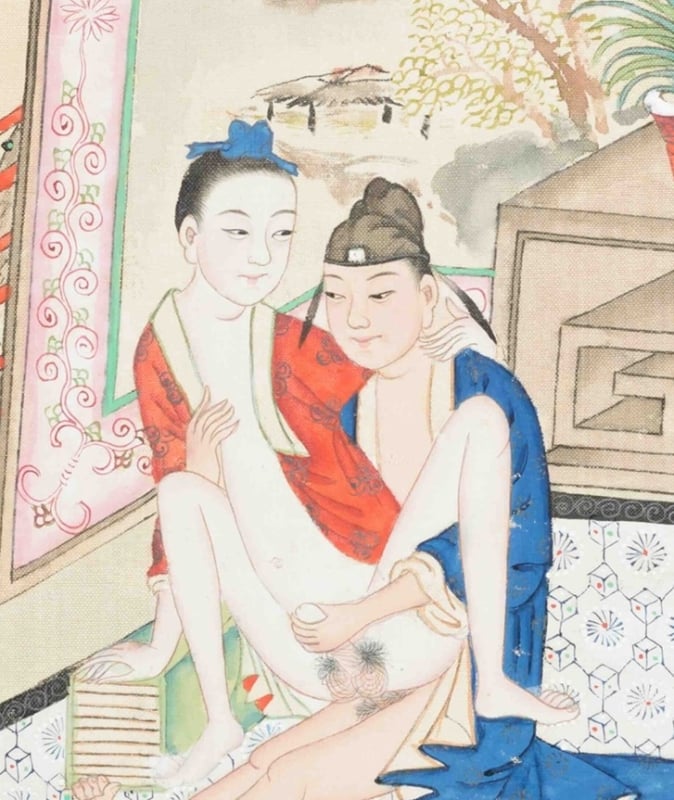
Fig.12a
Want more? Become a Premium member now and check out many other gay treasures from the Art Institute of Chicago including a godly penis, sexualized young ballerinas, a vengeful king's furnace, a coiled monster, the leg of a drying man, a bottom boy, an adorable puppy, two stiff cocks and a candy stack. The expanded edition also features an abundance of photographs of homoerotic masterpieces not visible here.
If you are unable to visit the exhibition The First Homosexuals, a good alternative is our unique publication on the topic entitled The Secret Gay Art in Ancient Japan and China,
Click HERE for our earlier interview with the homoerotic art collector Brian Coppola
Let us know your thoughts on the article in the comment box below....!!
